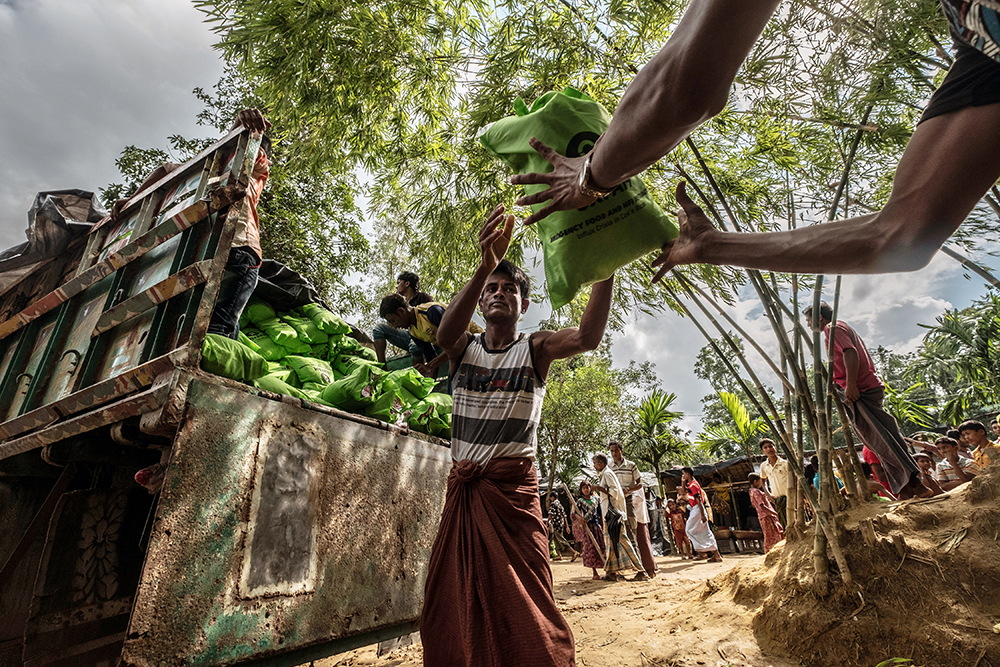
North Africa has long been subject to periodic droughts, exacerbated in recent decades by political instability in countries such as Somalia and South Sudan. Severe drought and crop failure over the past year has created famine conditions in countries as widespread as Niger, Chad, Uganda, Yemen, Ethiopia, South Sudan, Somalia, Kenya, and the northern half of Nigeria. In March 2017, the United Nations estimated that the number of people potentially contending with famine could climb to 20 million in northern Africa and Yemen. Internal displacement is also a major problem due to a combination of famine and violence.
One of the most important things you can do is spread the word among your own social networks and local media outlets. An independent poll commissioned by the International Rescue Committee and released in July 2017, found that only 15% of U.S. residents were even aware of the ongoing famine.
International organizations are currently working on the ground but more support is needed. Consider donating to one of these efforts:
- Global Emergency Response Coalition. In an unusual but encouraging move, eight major international charity organizations formed a coalition in April 2017 to raise awareness regarding the current famine and centralize fundraising for a more coordinated response. Organizations participating in the coalition include: Care, International Medical Corps, International Rescue Committee, Mercy Corps, Plan International, Save the Children, and World Vision. All groups were already involved in work to address famine in affected countries; several also do longer-term work with communities to help prepare for and mitigate the effects of drought.
- UNICEF-USA works specifically with children in the afflicted areas to provide primarily emergency relief. It is delivering Ready to Use Therapeutic Food (RUTF) to extremely undernourished children as a life-saving measure, hoping to reduce mortality rates in countries like Nigeria, where intervention could take mortality rates for the 450,000 children most affected by the famine from one in five to one in 100.
- World Food Programme provides emergency food and promotes greater preparedness for food-related emergencies. A good example of its preparedness work is in Ethiopia, where it helps sponsor a government program called the Productive Safety Net Program, that provides rural dwellers with basic living necessities during uncommonly dry seasons in exchange for their labor to help build basic community infrastructure, such as schools and irrigation systems.
- Action Against Hunger is a global nonprofit that provides emergency relief, food security and livelihood support, nutrition education, and water and sanitation support to communities in the affected areas.
Note: We have removed Oxfam International from the list of organizations in the Global Emergency Response Coalition pending investigations into allegations of staff misconduct and misuse of funds in Haiti after the 2010 earthquake.
